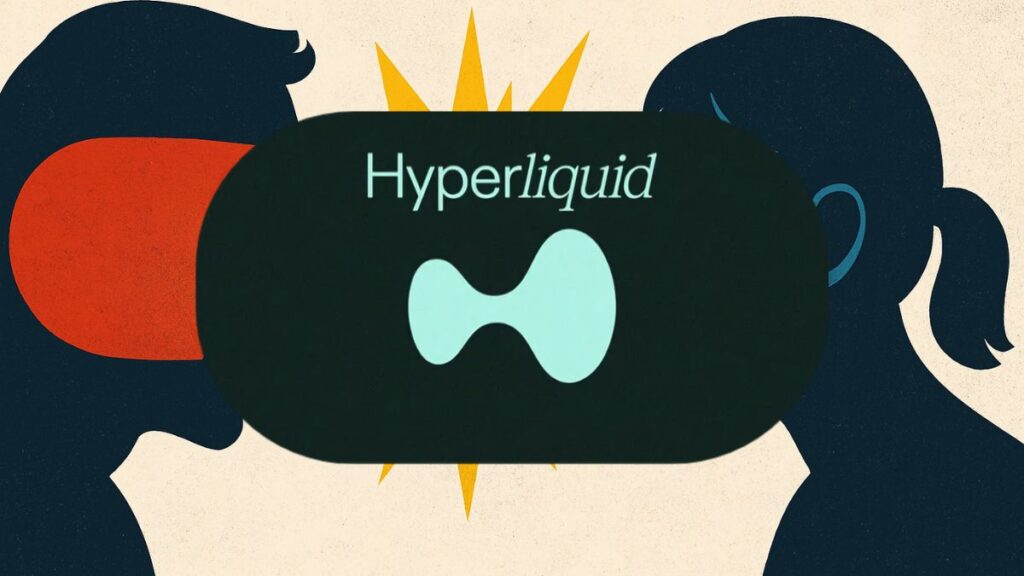TL;DR
- Stripe Controversy: Community members warn that letting Stripe issue USDH could compromise Hyperliquid’s independence, citing its expanding control over wallets, infrastructure, and blockchain projects.
- Diverse Bids: Paxos, Frax, and Agora present alternative models for USDH, each emphasizing different values like user yield, regulatory trust, and platform alignment.
- High Stakes: The winning issuer could replace $5.5B in USDC and earn massive Treasury yield revenue, reshaping Hyperliquid’s financial future.
Hyperliquid, the dominant force in DeFi derivatives, is facing a pivotal governance showdown over its proposed native stablecoin, USDH. With a validator vote set for September 14, the community is grappling with competing visions for the future of the platform’s monetary layer. The proposal tied to Stripe’s Bridge platform has sparked intense debate, raising concerns about economic sovereignty and platform independence.
Proposal: Agora stablecoin infrastructure to power USDH with a coalition of best-in-class providers.
Introduction
If Hyperliquid relinquishes their canonical stablecoin to Stripe, a vertically integrated issuer with clear conflicts, what are we all even doing?Summary
-…— Nick van Eck (@Nick_van_Eck) September 7, 2025
Stripe’s Involvement Sparks Controversy
The most contentious proposal comes from Stripe, which aims to issue USDH via its Bridge platform. Critics argue that Stripe’s growing influence poses a conflict of interest. Nick van Eck, CEO of Agora, warned that handing control to Stripe would mean surrendering Hyperliquid’s economic autonomy to a vertically integrated competitor. MoonPay’s President Keith Grossman echoed the sentiment, emphasizing that his firm holds more licenses and verified users than Stripe, and calling for “scale, credibility, and alignment—not BS capture.”
Competing Proposals Offer Divergent Visions
Several other bidders have entered the fray, each offering distinct models for USDH issuance. Paxos suggested using 95% of its reserve earnings for HYPE token buybacks, taking advantage of its status as a regulated issuer. Frax pitched a community-first approach, passing 100% of Treasury yield to users with zero take. Agora’s coalition emphasized neutrality and alignment, pledging all net revenue to HYPE buybacks or Hyperliquid’s Assistance Fund. Ethena has hinted at joining the race, adding further complexity to the decision.

Economic Stakes and Platform Dominance
At the heart of the debate is the potential to replace the $5.5 billion in USDC that currently accounts for 95% of Hyperliquid’s stablecoin supply. The issuer of USDH stands to gain hundreds of millions in revenue from U.S. Treasury yields. Given Hyperliquid’s nearly 80% market share in DeFi derivatives, the outcome of this governance vote could reshape the platform’s financial architecture and influence across the crypto ecosystem.
Timeline and Foundation’s Role
Hyperliquid has set September 10 as the final deadline for proposals, with the validator vote scheduled for September 14. The Hyperliquid Foundation has announced it will “effectively abstain,” leaving the decision entirely in the hands of validators. As the deadline approaches, more proposals may emerge, intensifying the already crowded and high-stakes contest.










